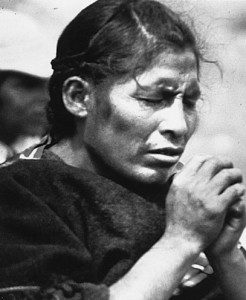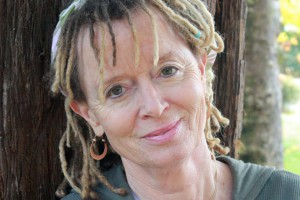
While hundreds of studies provide evidence that spirituality can improve our physical and mental health, a smaller subset of research focuses on whether prayers for the healing of other people do any good. These are the sorts of studies that garner the lion’s share of media attention and generate controversy in the scientific community.
Many of these studies have been designed like clinical drug tests, with randomized, double-blind trials involving patients divided into a group that is prayed for by strangers and a control group that receives no prayers. According to Jeff Levin, Director of the Program on Religion and Population Health at Baylor University, there are about 200 of these sorts of studies dating back three decades. He says about three quarters of these studies had faulty methodology. But about one quarter of the studies seem to have been well-designed, and of these, about two thirds got a statistically significant positive result. In other words, they showed that prayer-at-a-distance had positive effects on those being prayed for.
The elephant-in-the-room when it comes to this sort of research, however, is a major study in 2006 by Herbert Benson of Harvard Medical School. The study cast doubts on the effectiveness of intercessory healing prayers, finding that there was no therapeutic benefit when cardiac bypass patients received prayers. In fact, patients who knew they were being prayed for actually had a higher rate of post-operative complications such as abnormal heart rhythms.
While the study garnered a huge amount of media attention, critics say that it was poorly designed in that it didn’t resemble how prayer functions in the real world. Prayer is typically done for people we love or have a connection to. If we’re sick, we know we’re being prayed for by people who care for us. Those emotional connections are perhaps the key to why prayer-at-a-distance can have beneficial effects.
That said, there are many scientists who believe that these sorts of double-blind prayer studies are hopelessly flawed, no matter how they’re designed. “The methods of science simply aren’t designed to prove supernatural phenomena,” says Harold G. Koenig, Director of the Center for Spirituality, Theology and Health at Duke University.
But other research studies provide evidence of a different sort, according to Larry Dossey, a leader in the field of complementary and alternative medicine and author of books that include Healing Words: The Power of Prayer and the Practice of Medicine. “I think the most convincing evidence comes from researchers looking at the effects of prayer on wound healing in animals, or its effect on the growth of bacteria in test tubes or the germination rates of seeds,” he says. “You can’t explain away these results simply on the basis of the placebo response. The best short answer to the question of how prayer works, is simply that we don’t know. But in the history of medicine there have been many times when we recognized that something was effective, long before we figured out the mechanism for how it worked.”
In the end, the debate is unlikely ever to be settled by science. In my interviews with researchers, Jeff Levin made the most sense to me when he said this (pardon the long quote, but he says it so well!):
“I think that the people who are supporting these double-blind studies really want them to do more than they are capable of doing. Some people want this work to validate the existence of God or provide proof for supernatural forces or influences. They want these studies to answer questions that have perplexed the minds of the greatest philosophers and theologians for centuries. The question of whether God answers prayers cannot be answered by these types of studies…On the other hand, some of these studies do challenge our understanding of the nature of human consciousness. I think from a Western perspective that dominates the worldview of a lot of these researchers, this work is very challenging. I suspect that if this research was being done in India among Hindus and Buddhists, there would be less controversy to it. I myself take a centrist position on this. The prayer research is not all it’s cracked up to be, but there’s still something intriguing at work in prayer.”
Next, let’s look at How to Build a Better Prayer Life.














